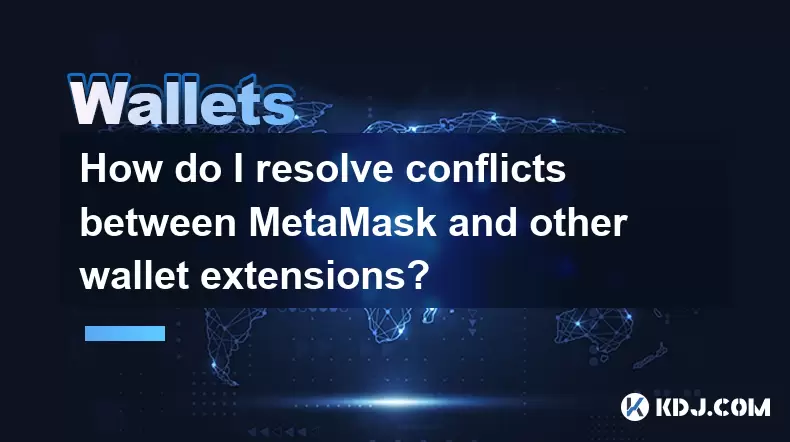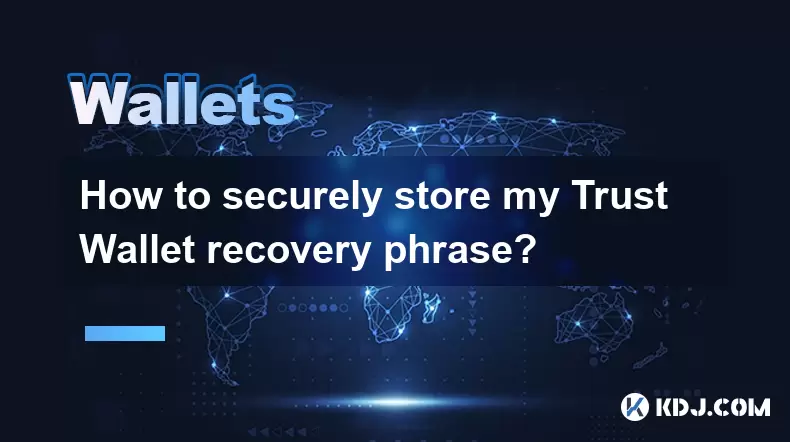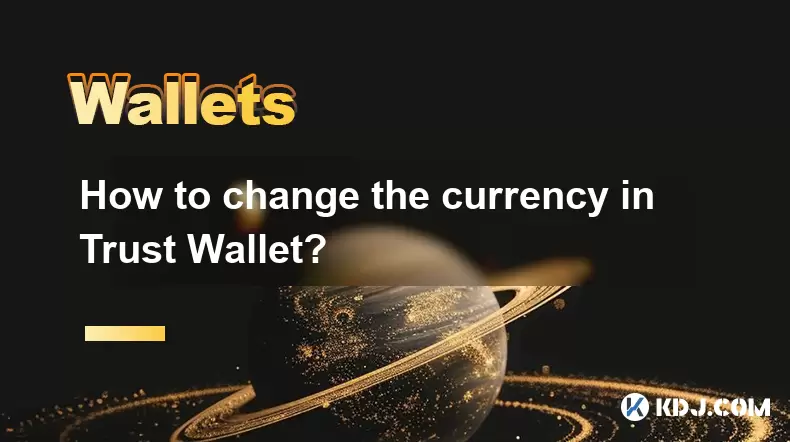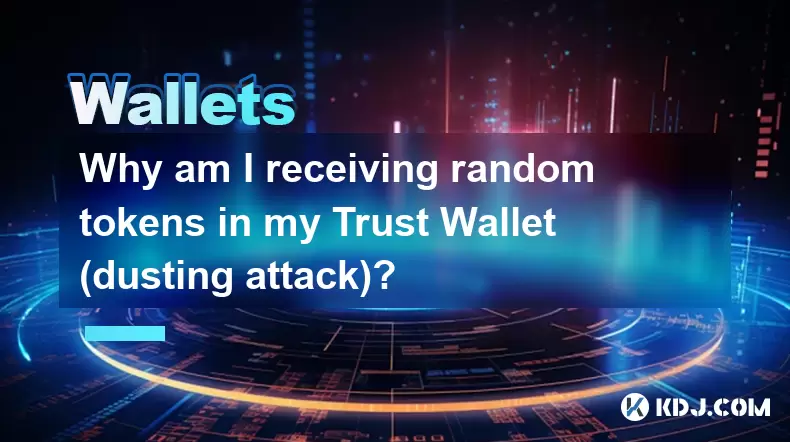-
 Bitcoin
Bitcoin $114200
0.00% -
 Ethereum
Ethereum $3637
0.56% -
 XRP
XRP $2.950
-2.01% -
 Tether USDt
Tether USDt $0.9999
0.02% -
 BNB
BNB $761.0
0.55% -
 Solana
Solana $164.1
-1.38% -
 USDC
USDC $0.9999
0.02% -
 TRON
TRON $0.3332
0.36% -
 Dogecoin
Dogecoin $0.2012
-0.52% -
 Cardano
Cardano $0.7261
-1.41% -
 Hyperliquid
Hyperliquid $37.62
-2.13% -
 Stellar
Stellar $0.3930
-2.65% -
 Sui
Sui $3.441
-0.16% -
 Bitcoin Cash
Bitcoin Cash $563.8
0.70% -
 Chainlink
Chainlink $16.50
0.09% -
 Hedera
Hedera $0.2424
-0.14% -
 Ethena USDe
Ethena USDe $1.001
0.01% -
 Avalanche
Avalanche $22.20
0.00% -
 Litecoin
Litecoin $118.0
-2.48% -
 UNUS SED LEO
UNUS SED LEO $8.991
0.12% -
 Toncoin
Toncoin $3.195
-3.87% -
 Shiba Inu
Shiba Inu $0.00001217
0.12% -
 Uniswap
Uniswap $9.674
-0.21% -
 Polkadot
Polkadot $3.633
1.00% -
 Monero
Monero $295.3
-0.82% -
 Dai
Dai $0.9999
0.00% -
 Bitget Token
Bitget Token $4.321
-0.41% -
 Cronos
Cronos $0.1392
0.73% -
 Pepe
Pepe $0.00001027
-0.89% -
 Aave
Aave $258.5
0.32%
How do I resolve conflicts between MetaMask and other wallet extensions?
To avoid wallet conflicts, disable all but one crypto extension or use separate browser profiles for each wallet to ensure smooth dApp connectivity.
Aug 06, 2025 at 04:00 am

Understanding Wallet Extension Conflicts in Web Browsers
When using cryptocurrency wallets like MetaMask alongside other wallet extensions such as Phantom, Trust Wallet, or Coinbase Wallet, conflicts can arise due to overlapping injection of Ethereum providers into the browser’s JavaScript environment. These extensions all attempt to inject a global window.ethereum object, which decentralized applications (dApps) use to interact with a user’s wallet. When multiple extensions do this simultaneously, the last one to load typically takes precedence, potentially leading to unexpected behavior such as wrong accounts being displayed, transaction signing failures, or dApps not detecting the intended wallet.
The root cause lies in how browser extension isolation works. Extensions run in the same context and can interfere with each other’s injected scripts. Since most Ethereum-compatible wallets follow the same provider standard, they compete for control over window.ethereum. This becomes particularly problematic on sites that support multiple blockchain ecosystems, where users might want to switch between wallets seamlessly.
Identifying Active Ethereum Providers
To determine which wallet extension is currently controlling window.ethereum, open your browser’s developer console (press F12 or Ctrl+Shift+J) and enter:
console.log(window.ethereum)This will output an object with properties such as isMetaMask, isPhantom, or providers. If you see isMetaMask: true, then MetaMask is currently the active provider. If another wallet is active, its identifier will appear instead.
Some advanced dApps support EIP-1193 providers array, allowing multiple injected providers to coexist. In such cases, you might see:
console.log(window.ethereum.providers)This returns an array of all injected wallet providers. If this array exists, the dApp can let users choose which wallet to connect. However, many websites still rely solely on window.ethereum, making provider conflicts unavoidable without manual intervention.
Disabling Competing Wallet Extensions Temporarily
The most reliable method to resolve conflicts is to disable all wallet extensions except the one you intend to use. Follow these steps:
- Navigate to your browser’s extension management page. In Chrome, visit
chrome://extensions - Locate wallet extensions such as Phantom, Trust Wallet, or Nifty Wallet
- Toggle off the activation switch for each non-essential extension
- Keep only MetaMask enabled if you wish to use it
- Refresh the dApp page to ensure changes take effect
This ensures that only MetaMask injects window.ethereum, eliminating competition. After completing your session, you may re-enable other extensions. This method is especially useful when using dApps that do not support provider selection.
Using Browser Profiles for Wallet Isolation
A more sustainable solution involves using separate browser profiles dedicated to specific wallets. This prevents extensions from interfering by design.
To set up isolated profiles:
- Open Chrome settings and go to Manage People under the "People" section
- Click Add person and name the profile, for example, “Crypto – MetaMask”
- During setup, choose to sign in or remain incognito
- Install only MetaMask in this profile
- Repeat the process for another profile, e.g., “Solana – Phantom”, and install only Phantom there
- Launch each profile independently when accessing blockchain-specific dApps
This method ensures complete isolation. For example, Ethereum-based dApps opened in the MetaMask profile will never encounter interference from Phantom, even if Phantom is installed in another profile. This approach is ideal for users regularly interacting with multiple blockchains.
Configuring dApp Wallet Detection Manually
Some dApps allow manual wallet selection through their interface. If a dApp supports multiple wallets, look for a “Connect Wallet” button and check if it lists available options like MetaMask, WalletConnect, or Coinbase Wallet.
If the dApp fails to detect MetaMask despite it being enabled:
- Disconnect any previously connected wallet
- Click Connect Wallet again
- Choose MetaMask explicitly from the list
- If MetaMask does not appear, open the MetaMask extension and ensure you are logged in and on the correct network
- Clear the site’s cookies and cached storage via browser settings
- Reload the page and retry connection
In cases where the dApp uses WalletConnect, scan the QR code using the MetaMask mobile app instead of the browser extension to bypass extension conflicts entirely.
Managing Conflicts on Mobile Browsers
Mobile environments like MetaMask Mobile or Phantom Mobile can also experience conflicts when multiple wallet apps are installed. On iOS and Android, dApps opened in in-app browsers (such as those in Twitter or Discord) may not correctly route to your preferred wallet.
To resolve mobile conflicts:
- Open the dApp directly in a standalone browser like Chrome or DuckDuckGo
- Ensure Deep Linking is enabled in your wallet app settings
- When prompted to connect, select Open in MetaMask (or your preferred wallet)
- If another wallet opens by default, long-press the link and choose “Open in…” to manually select the correct app
- Disable or uninstall unused wallet apps to prevent automatic interception
Some mobile dApps allow you to specify a default wallet via WalletConnect. Pairing via QR code gives you full control over which wallet handles the session.
Frequently Asked Questions
Can I use MetaMask and Phantom at the same time on the same browser?
Yes, but only under specific conditions. If the dApp supports window.ethereum.providers, you may be able to choose between them. Otherwise, only one can control window.ethereum. Use separate browser profiles to avoid interference.
Why does my dApp connect to Phantom instead of MetaMask even when MetaMask is installed?
This happens because Phantom loaded after MetaMask and overwrote window.ethereum. Disable Phantom or use a browser profile with only MetaMask enabled to resolve this.
Does disabling a wallet extension remove my funds or keys?
No. Disabling or uninstalling a wallet extension does not affect your funds. Your private keys and account data remain secure within the extension. Re-enabling it will restore full access.
What should I do if a dApp doesn’t detect any wallet after disabling others?
First, ensure the remaining wallet (e.g., MetaMask) is unlocked and connected to the correct network. Refresh the page, clear the browser cache, and check that the site has permission to access the wallet. Reconnect manually via the dApp’s wallet interface.
Disclaimer:info@kdj.com
The information provided is not trading advice. kdj.com does not assume any responsibility for any investments made based on the information provided in this article. Cryptocurrencies are highly volatile and it is highly recommended that you invest with caution after thorough research!
If you believe that the content used on this website infringes your copyright, please contact us immediately (info@kdj.com) and we will delete it promptly.
- BONK, PENGU, and Cold Wallet: What's Hot and What's Not in Crypto Right Now
- 2025-08-07 00:30:32
- Mantle Rockets, WeWake Presale: Chasing 100x Potential in Web3
- 2025-08-07 01:13:45
- Solana Price and the Rise of Remittix: Revolutionizing Crypto Payments
- 2025-08-07 01:13:45
- BlockSack (BSACK): The Base Meme Coin Taking Over the Chain
- 2025-08-07 00:30:32
- Ethereum, Transaction Volumes, and SEC Staking: Navigating the Regulatory Landscape
- 2025-08-06 22:30:13
- Crypto, Tokens, and Metrics: Navigating the New Frontier
- 2025-08-06 23:09:22
Related knowledge

How to add TRC20 token to Trust Wallet?
Aug 04,2025 at 11:35am
Understanding TRC20 and Trust Wallet CompatibilityTrust Wallet is a widely used cryptocurrency wallet that supports multiple blockchain networks, incl...

How to securely store my Trust Wallet recovery phrase?
Aug 06,2025 at 07:14am
Understanding the Importance of Your Trust Wallet Recovery PhraseYour Trust Wallet recovery phrase, also known as a seed phrase or mnemonic phrase, is...

How to change the currency in Trust Wallet?
Aug 06,2025 at 07:14pm
Understanding Currency Display in Trust WalletTrust Wallet does not allow users to change the base currency used for valuation in the same way traditi...

Why am I receiving random tokens in my Trust Wallet (dusting attack)?
Aug 06,2025 at 10:57am
What Is a Dusting Attack in the Cryptocurrency Space?A dusting attack occurs when malicious actors send minuscule amounts of cryptocurrency—often frac...

What is a watch-only wallet in Trust Wallet?
Aug 02,2025 at 03:36am
Understanding the Concept of a Watch-Only WalletA watch-only wallet in Trust Wallet allows users to monitor a cryptocurrency address without having ac...

Why can't I connect my Trust Wallet to a DApp?
Aug 04,2025 at 12:00pm
Understanding DApp Connectivity and Trust WalletConnecting your Trust Wallet to a decentralized application (DApp) is a common process in the cryptocu...

How to add TRC20 token to Trust Wallet?
Aug 04,2025 at 11:35am
Understanding TRC20 and Trust Wallet CompatibilityTrust Wallet is a widely used cryptocurrency wallet that supports multiple blockchain networks, incl...

How to securely store my Trust Wallet recovery phrase?
Aug 06,2025 at 07:14am
Understanding the Importance of Your Trust Wallet Recovery PhraseYour Trust Wallet recovery phrase, also known as a seed phrase or mnemonic phrase, is...

How to change the currency in Trust Wallet?
Aug 06,2025 at 07:14pm
Understanding Currency Display in Trust WalletTrust Wallet does not allow users to change the base currency used for valuation in the same way traditi...

Why am I receiving random tokens in my Trust Wallet (dusting attack)?
Aug 06,2025 at 10:57am
What Is a Dusting Attack in the Cryptocurrency Space?A dusting attack occurs when malicious actors send minuscule amounts of cryptocurrency—often frac...

What is a watch-only wallet in Trust Wallet?
Aug 02,2025 at 03:36am
Understanding the Concept of a Watch-Only WalletA watch-only wallet in Trust Wallet allows users to monitor a cryptocurrency address without having ac...

Why can't I connect my Trust Wallet to a DApp?
Aug 04,2025 at 12:00pm
Understanding DApp Connectivity and Trust WalletConnecting your Trust Wallet to a decentralized application (DApp) is a common process in the cryptocu...
See all articles

























































































